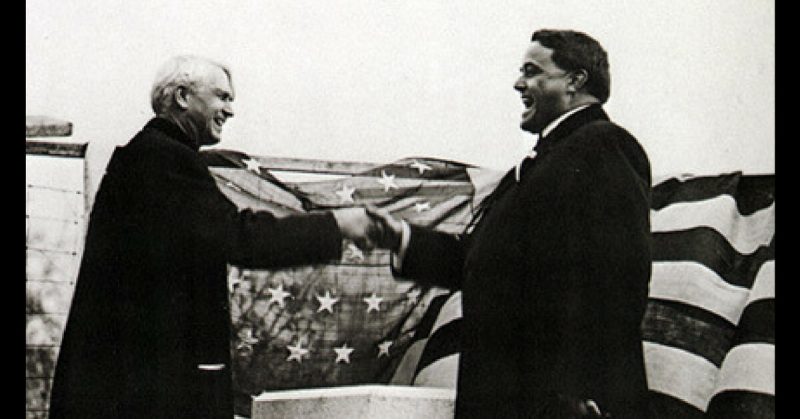The Toledo War of 1835 took place between the US state of Ohio and a foreign country – Michigan. Though hundreds joined the conflict, only one was injured. And while it ended the following year, it was only officially resolved in the 20th century.
It all started in 1787 when the US government passed the Northwest Ordinance. This ordinance set aside the Northwest Territory for future states of which there’d be no less than three nor more than five. Unfortunately, the Ordinance was based on inaccurate maps.
Fast forward to 1802. Ohio applied to become a state, so the US government created wording that officially defined its boundaries. Ohio wanted its borders defined in such a way that guaranteed it the Maumee River watershed and the rest of the southern shore of Lake Erie. The government instead decided that Ohio’s northern boundary would depend on still unconfirmed geographical data.
In 1805, Congress set up the Michigan Territory and defined its boundaries according to the Ordinance. Because a portion of Michigan’s southern boundary overlapped that of Ohio’s northern boundary, the countdown to the war had begun.
As maps of the area improved, there were calls to resolve the issue of the Ohio-Michigan border. Congress approved an official survey in 1812, and a slice of southern Michigan was given to Ohio.
Michigan disputed the results and ordered another survey which absorbed a portion of northern Ohio. The difference between the Ohio survey and the Michigan one created a zone eight miles wide, and 468 miles long called the Toledo Strip. Michigan claimed this land and began collecting taxes from it.

Before railways, rivers and canals were important for transportation and commerce. Since the Strip included the Great Black Swamp (now mostly drained) which lay within the Maumee River and Portage River watersheds, its economic value was immense.
The Strip also opened up to Lake Erie, making it a potentially lucrative port, so Ohio built the Erie Canal to connect the Eastern seaboard to the Great Lakes at Buffalo and to New York City. Trade boomed, as did the number of settlers coming to the Midwest. The Strip was also extremely fertile, producing an abundance of wheat and corn.
By the 1820s, Michigan had 60,000 residents – the minimum required to enter the Union. But when it submitted its claim to the Strip, Ohio used its political clout to deny them statehood and claimed ownership of the Strip. The former worked, the latter did not.
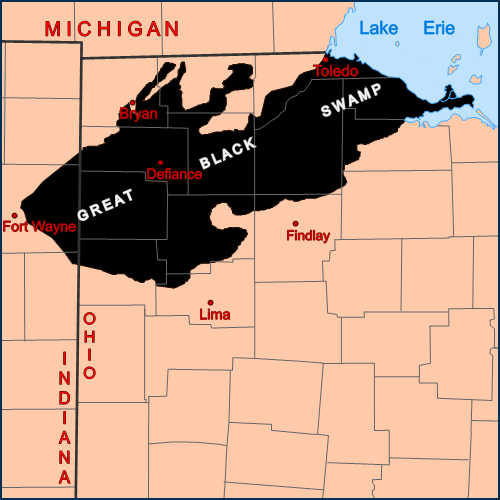
Michigan retaliated by founding the city of Toledo in 1833, and Monroe County where it lies, in 1835. It then issued the Pains and Penalties Act, which punished Ohioans found on the Strip. The act also penalized any Michigander who dared submit to Ohio’s authority or participated in Ohio elections.
On April 8th, 1835 Major Benjamin F. Stickney and his two sons, One Stickney and Two Stickney (seriously, those were their names) were arrested by a Michigan sheriff. Their crime was participating in Ohio elections while on the Strip. The issue began a series of arrests and counter-arrests, as well as lawsuits from both sides for illegal detention.
President Andrew Jackson was asked to mediate the issue, but politics stayed his hand. Ohio was a swing state, even then, with representatives in government, while Michigan was not. So Jackson suggested that Michigan give up its claim to the Strip in return for statehood. Michigan refused.
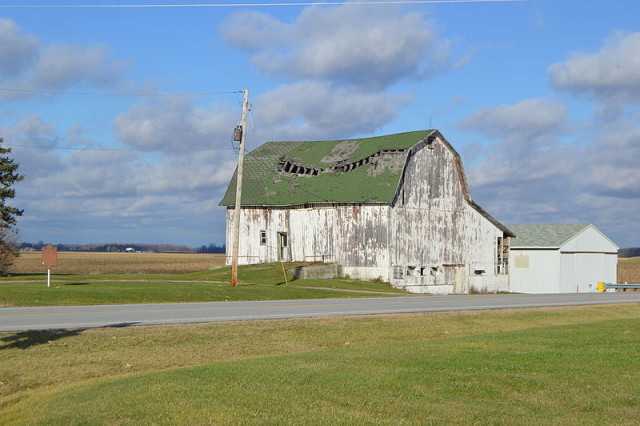
Believing the matter settled, Ohio sent another survey team to the strip when they were arrested by the Michigan militia in the area of Phillips Corner on April 25th. A few shots were fired in the air, but no one was either hurt or killed – an incident known as the Battle of Phillips Corner.
Ohio responded by setting aside $300,000 to raise a militia of its own. Michigan responded by raising $315,000 to increase the one it had to 10,000, and by setting up a functioning state government. Jackson’s response was to deny the latter entry to the Union till the border issue was resolved.
By June, the two militias decided to finally fight it out. Fortunately, their choice of a battle site was the Great Black Swamp – before it was drained in the 20th century. As a result, most of the men got lost, and the two sides couldn’t find each other.
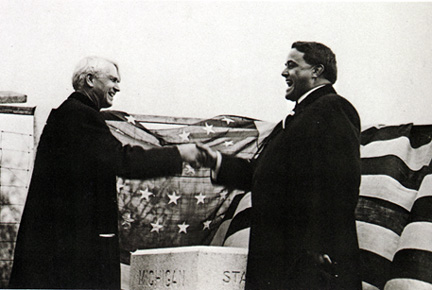
After about a week, the most determined made it to the dividing Maumee River and vented their mutual hatred by firing shots in the air while hurling insults. Exhausted and out of ammo, they then returned home.
Blood was finally spilled on July 15th when Michigan Deputy Sheriff Joseph Wood went to Toledo to again arrest Major Stickney. Fed up, the man and his two sons resisted. Two Stickney stabbed Wood with a pen knife and fled deeper into Ohio.
The wound wasn’t serious, and the sheriff lived, but things escalated further when Ohio refused Michigan’s demand to send Two Stickney back for prosecution. The US government had had enough. Michigan was again offered the original terms – statehood, financial incentives, and the Upper Peninsula in exchange for giving up the Toledo Strip.
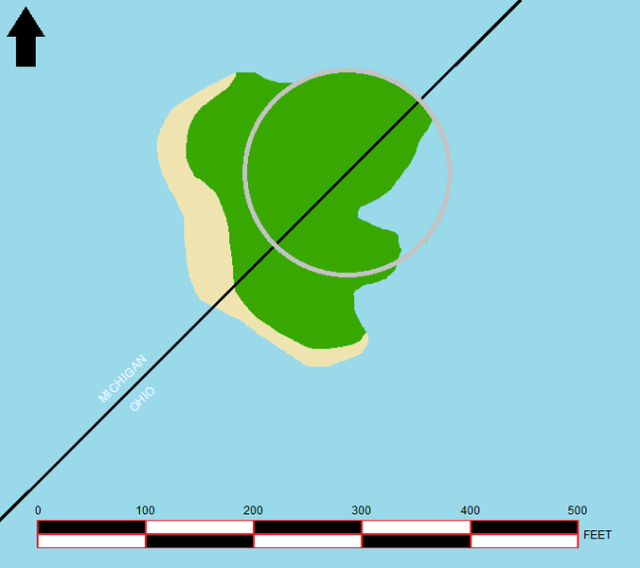
Since Michigan was on the verge of bankruptcy, it accepted the terms on December 14th, 1836. Legend has it that a Toledo native, hearing that her city was now officially part of Ohio, rejoiced and said, “Thank the Lord! I never liked Michigan weather!”
It seemed that Michigan had got the losing side of the bargain until they discovered vast deposits of copper and iron ore in the Upper Peninsula in the 19th century. More wealth came out of it than from California at the height of the gold rush.
Michigan still felt itself on the losing end, however, so another survey was conducted in 1915. It was only in 1973 that the US Supreme Court finally settled the matter, causing Michigan to lose half of Turtle Island to Ohio in Maumee Bay.
Still, the rivalry between the two states didn’t die. In 1897, the Michigan Wolverines and the Ohio State Buckeyes football teams first duked it out – well within living memory of the Toledo War. And they’ve continued doing so every year since.
